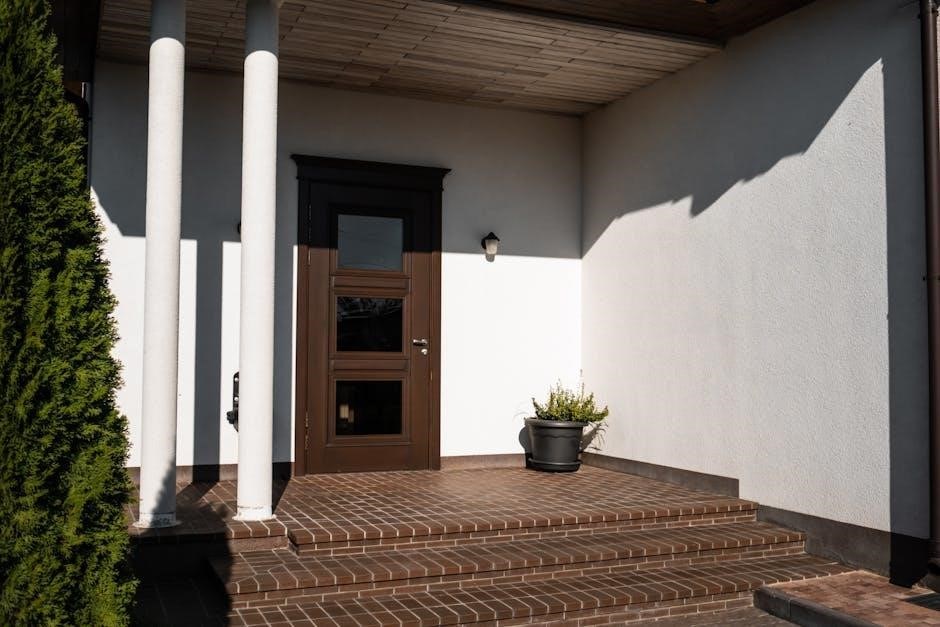EDH deck building is a creative and strategic process, combining personal expression with competitive gameplay. It offers a unique way to explore Magic’s vast card pool while fostering a fun, social experience.
What is EDH (Elder Dragon Highlander)?
EDH, or Elder Dragon Highlander, is a popular Magic: The Gathering format emphasizing casual, multiplayer gameplay. It is centered around a legendary creature, the Commander, which serves as the deck’s namesake and leader. EDH decks consist of 99 unique cards (plus the Commander) and Follow the “Highlander” rule, allowing only one copy of each card except basic lands. Named after the “Elder Dragon” legends and the Highlander trope, this format encourages creativity, synergy, and strategic deck building while fostering a fun, social experience.
Why Build an EDH Deck?
Building an EDH deck offers a unique opportunity for players to express their creativity and strategic prowess. It allows for a deeper exploration of Magic: The Gathering’s vast card pool, encouraging players to craft decks that reflect their personal playstyle. EDH decks are ideal for casual, multiplayer games, fostering a social and dynamic environment. Additionally, the format provides a platform for storytelling and thematic deck building, making it appealing to both competitive and casual players. Constructing an EDH deck is not just about gameplay—it’s about creating a personalized experience that combines fun, strategy, and community engagement.
Basic Guidelines for New Players
For new players, starting with a clear plan is essential. Choose a commander you enjoy, as it sets the deck’s theme and tone. Focus on building around synergies and mechanics that align with your playstyle. Ensure your deck includes enough lands (typically 37-40), mana acceleration, card draw, and interaction to function smoothly. Budget-friendly options like mana dorks and affordable tutors can help you get started. Prioritize versatility and fun over optimization initially, and gradually refine your deck as you gain experience. Remember, EDH is a format that encourages creativity and adaptation, so don’t be afraid to experiment and learn as you go.

Choosing Your Commander
Selecting a commander is the cornerstone of EDH deck building, as it defines your deck’s theme, strategy, and playstyle. Consider its power level, synergies, and personal appeal to guide your deck’s direction effectively.
Understanding Commander Synergies
Commander synergies are the heart of EDH deck building, where your leader’s abilities enhance other cards, creating a cohesive and powerful strategy. A strong synergy ensures your deck functions seamlessly, with each card amplifying your commander’s strengths. For example, a Voltron commander like Sliver Queen thrives with equipment and anthems, while a combo-oriented leader like Ezuri pairs perfectly with card draw and token generators. Building around these interactions maximizes your deck’s potential, making it both fun and competitive. Identifying these connections early ensures a focused and efficient deck.
Popular Commanders for Beginners
Popular commanders for beginners include Sliver Queen, Ezuri, Renegade Leader, and General Tazri, as they offer straightforward strategies and robust synergies. These leaders are forgiving, allowing new players to experiment without complex setups. Sliver Queen excels at generating an army, while Ezuri enables aggressive, token-based strategies. General Tazri provides versatility with card draw and board presence. These commanders are ideal for learning core EDH concepts like mana curves, card advantage, and interaction. They also offer clear paths for deck building, making them perfect for those new to the format.
Top-Down vs. Bottom-Up Deck Building
Top-down deck building involves selecting a legendary creature as your commander and constructing the deck around their abilities. This method allows you to focus on synergies and strategies that complement your commander. Bottom-up building, on the other hand, starts with a theme, mechanic, or combination of cards that interest you, with the commander chosen to fit the deck’s overall vision. Both approaches are valid, but top-down is often more straightforward for beginners, as it provides a clear direction. Bottom-up offers more creative freedom but requires a stronger understanding of deck synergy and balance.
Understanding the Format
EDH is a popular, casual Magic format emphasizing fun, creativity, and social interaction. It allows players to build unique decks around legendary creatures, fostering a dynamic gameplay experience.
EDH Deck Archetypes
EDH decks can be categorized into distinct archetypes, each with unique strategies. Voltron decks focus on equipping and buffing a single commander, while Combo decks aim to assemble synergistic cards for explosive wins. Control decks emphasize disruption and board dominance, often using counterspells and removal. Midrange decks balance creatures and interaction, while Tribal decks revolve around a specific creature type. Budget and Casual archetypes prioritize affordability and fun, respectively. Understanding these archetypes helps players align their deck builds with their preferred playstyle, ensuring a cohesive and enjoyable gaming experience.
Voltron, Combo, and Control Strategies
Voltron decks focus on empowering a single commander with equipment and buffs, creating an unstoppable force. Combo decks rely on synergistic cards to trigger powerful interactions, often leading to explosive, game-ending plays. Control strategies emphasize disrupting opponents while maintaining board dominance through counterspells and removal. Each archetype requires precise card selection and strategy, catering to different playstyles. Voltron suits players who enjoy incremental growth, while Combo appeals to those who thrive on intricate setups. Control strategies are ideal for players who prefer methodical, reactive gameplay. Balancing these approaches ensures a dynamic and competitive EDH experience.
Power Level and Casual Play
Power level in EDH refers to a deck’s competitiveness, balancing fun and strategy. Casual play focuses on enjoyment, while higher power decks emphasize efficiency. Understanding your playgroup’s preferences is key to tailoring your deck. A balanced approach ensures games remain engaging without feeling one-sided. Adjusting card choices and synergies allows you to match your deck’s power level to the table, fostering a positive experience for all players. This flexibility is a core strength of EDH, making it accessible to both newcomers and seasoned players seeking varied challenges.
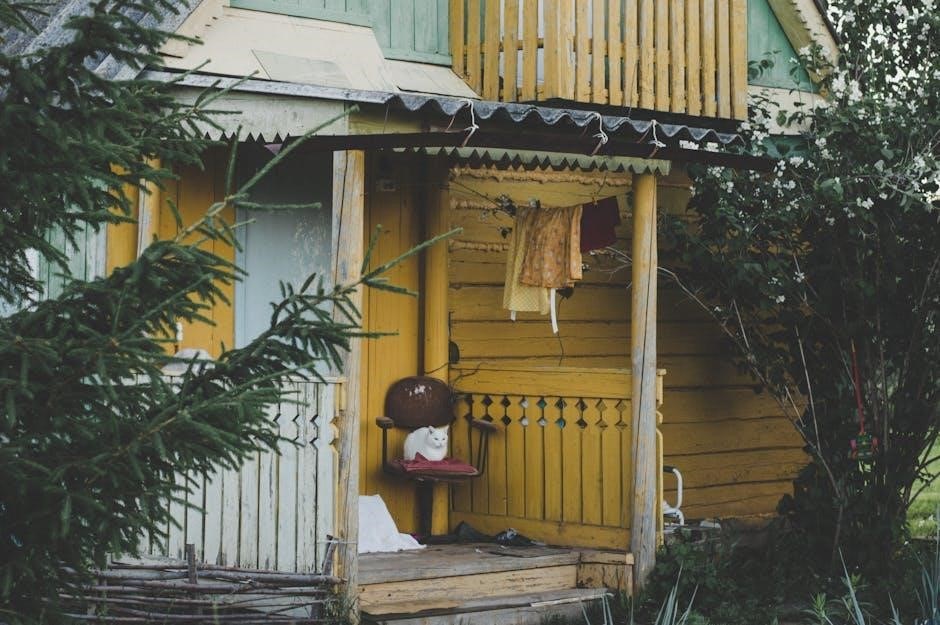
Building Your Mana Base
Building your mana base is crucial for consistent gameplay. Focus on lands, ramp spells, and mana-fixing artifacts to ensure reliable mana each turn. Balance these elements to maintain flexibility and power throughout the game, enabling your strategy to unfold smoothly.
Color Combination and Deck Theme
Selecting the right color combination is foundational to EDH deck building, as it dictates your deck’s capabilities and playstyle. Colors influence access to key cards, synergies, and overall strategy. Pairing colors strategically allows for diverse card options while maintaining a cohesive theme. Your deck’s theme, such as tribal, combo, or Voltron, should align with your color choices to create a unified gameplay experience. Balancing flavor and functionality ensures your deck is both enjoyable and competitive. A well-chosen color combination and theme set the stage for a deck that reflects your personality and playstyle.
Land Counts and Mana Fixing
Land counts and mana fixing are critical for ensuring your EDH deck runs smoothly. A typical deck includes 37-40 lands, but this can vary based on the deck’s power level and strategy. Dual lands, fetch lands, and shock lands are essential for color-fixing, especially in multi-color decks.
Artifacts like Sol Ring and Arcane Signet provide early-game mana acceleration, while cards like Cultivate and Kodama’s Reach help ramp into higher mana costs. Balancing land counts with mana-fixing artifacts ensures you can consistently cast your spells without overloading your deck with too many lands.
Ramp Spells and Mana Acceleration
Ramp spells and mana acceleration are vital for deploying high-cost threats early in the game. Creatures like Llanowar Elves and Elvish Mystic generate immediate mana, while artifacts such as Sol Ring and Arcane Signet provide consistent acceleration. Spells like Cultivate and Kodama’s Reach offer flexible ramping, fetching lands to ensure mana stability. Ritual effects, such as Dark Ritual, enable explosive starts but require careful planning. Balancing these elements ensures your deck can cast its most impactful spells on time, maintaining tempo and pressure throughout the game.

Win Conditions and Strategy
Win conditions in EDH vary, from creature-based damage to combo finishes or control strategies. A solid strategy balances these elements, ensuring adaptability and resilience throughout the game.
Creature-Based Win Conditions
Creature-based win conditions focus on using powerful creatures to deal direct damage. Voltron decks enhance their commander with equipment, making it nearly unstoppable. Tribal strategies leverage synergistic creatures to swarm the board. Aggro decks rely on evasive creatures like flying or deathtouch to close games quickly. Midrange decks balance creatures with removal and card draw. These strategies emphasize board presence and combat efficiency, requiring careful deckbuilding to ensure consistent pressure and resilience against opponents’ defenses.
Non-Creature Win Conditions
Non-creature win conditions rely on spells, artifacts, or other non-creature permanents to secure victory. Combo decks often utilize powerful spell synergies for explosive, game-ending turns. Control decks leverage board wipes, counterspells, and card draw to outlast opponents. Artifact-based strategies focus on generating infinite mana or recursive value. These approaches diversify your win conditions, reducing reliance on creatures and adapting to metagame pressures. Balancing these strategies with interaction ensures resilience against opponents while maintaining a competitive edge in EDH gameplay.

Card Advantage and Draw
Card advantage is crucial in EDH, enabling sustained pressure and adaptability. Card draw engines like Phyrexian Arena or Beast Whisperer ensure consistent momentum, keeping you ahead in resources.
Essential Card Draw Engines
Card draw engines are vital for maintaining momentum in EDH. Phyrexian Arena and Beast Whisperer provide consistent draw. Skullclamp enables sacrifice-based draw, while Guardian Project offers scaling draw. Wheel of Fortune and Reforge the Soul reset hands for fresh options. Well of Discovery rewards you for playing into opponents’ plans, and Return of the Wildspeaker draws multiple cards. These engines ensure you never run out of plays, keeping your deck firing on all cylinders throughout the game.
Recursion and Card Retrieval
Recursion and card retrieval are crucial for recovering key cards and maintaining momentum. Cards like Green Sun’s Zenith and Eternal Witness allow you to fetch or recur essential pieces. Demonic Tutor and Dig Through Time enable targeted retrieval, ensuring you never lose access to vital spells. These strategies help you adapt to the board state and recover from setbacks, making your deck more resilient. By incorporating recursion, you can extend the utility of your cards and create a more dynamic, flexible gameplay experience in EDH.
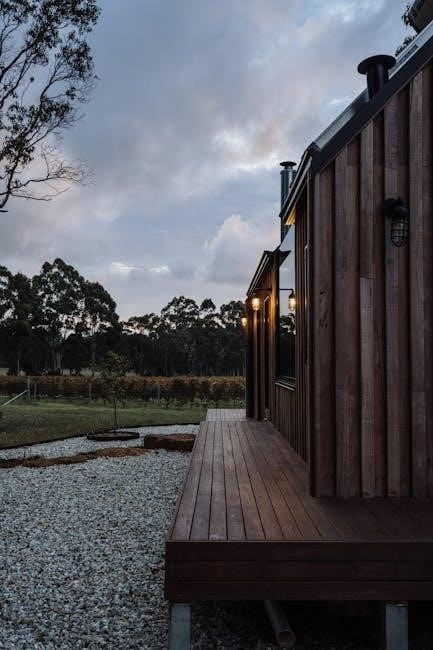
Interaction and Protection
Interaction and protection are vital for disrupting opponents and safeguarding your strategy. Cards like Counterspell and Demonic Tutor provide control, while Eternal Witness and Heroic Intervention protect your board, ensuring resilience and adaptability in EDH.
Removal Spells and Counterspells
Removal spells and counterspells are essential for disrupting opponents and protecting your strategy. Cards like Heroic Intervention and Damnation provide versatile removal, while counterspells such as Counterspell and Mana Drain help neutralize threats. These tools allow you to control the board and defend your investments. Balancing proactive and reactive strategies ensures flexibility in EDH, where adaptability is key to success. Prioritize spells that align with your deck’s power level and archetype to maintain a cohesive game plan.
Protecting Your Commander
Protecting your commander is crucial, as they are the heart of your deck. Cards like Swiftfoot Boots and Lightning Greaves provide hexproof and vigilance, ensuring your commander remains safe. Additionally, counterspells and artifact protection can shield your commander from removal. Including creatures with protective abilities or using regeneration effects further enhances security. Lastly, diversifying your threats and maintaining board presence can divert opponents’ focus, helping your commander thrive throughout the game.

Theming and Synergy
Theming and synergy are essential for a cohesive EDH deck. A well-chosen theme guides card selection, while synergy enhances overall performance, creating a balanced and enjoyable deck.
Building Around a Mechanic
Building around a mechanic involves selecting a central theme, like lifelink or exalted, and constructing a deck that maximizes its potential. Choose a commander that embodies or supports the mechanic, then select creatures and spells that enhance or synergize with it. For example, a lifelink deck might include cards that double life gained or provide additional benefits when life is gained. Ensure your mana base supports the chosen colors and includes ramp for early deployment. Incorporate card draw and recursion to maintain momentum, and protect key components with counterspells or hexproof. Balance is crucial to ensure the deck is both fun and competitive, focusing on synergy without neglecting interaction and card advantage.
Tribal and Combo Synergies
Tribal and Combo Synergies
Tribal decks focus on a single creature type, leveraging their unique abilities and synergies. For example, Merfolk decks use +1/+1 counters and islandwalk to dominate. Combo decks aim for game-ending synergies, like infinite mana or loops. Key is selecting a commander that enables these interactions. Build around support cards that enhance tribal themes or facilitate combos. Include tutors to find combo pieces and protection for vulnerable elements. Balance synergy with consistency, ensuring the deck can function even if the combo isn’t assembled. Tribal decks often have inherent resilience, while combo decks require careful tuning for reliability and speed. Both styles reward deck builders who enjoy intricate strategies and interactions.

Budget Considerations
Budget-friendly options exist for EDH decks. Look for affordable tutors like Diabolic Tutor and prioritize essential cards over high-cost alternatives. Upgrade gradually to maintain affordability and fun.
Budget-Friendly Tutors and Staples
Building a Commander deck on a budget requires smart choices. Cards like Diabolic Tutor and Harvesttide Sentry offer affordable tutoring options. Staples such as Sol Ring and Arcane Signet are essential for mana acceleration. Prioritize budget-friendly alternatives like Cultivate over high-end cards. Many tutors and staples have affordable versions, allowing you to build a functional deck without breaking the bank. Focus on cards that provide consistent value and synergy with your strategy. By investing in these, you can maintain a competitive edge while staying within your budget.
Affordable Deck Upgrades
Upgrading your EDH deck doesn’t have to be costly. Consider adding affordable staples like Mystic Sanctuary for recursion or Skemfar Shadowsage for card advantage; Replace basic lands with shocklands or basics from recent sets for better mana fixing. Budget-friendly tutors like Galvblast can enhance consistency. Prioritize cards that offer versatility and improve your deck’s overall functionality. Small investments in key upgrades can significantly enhance performance without breaking the bank. Focus on cards that align with your strategy to maximize value and efficiency.
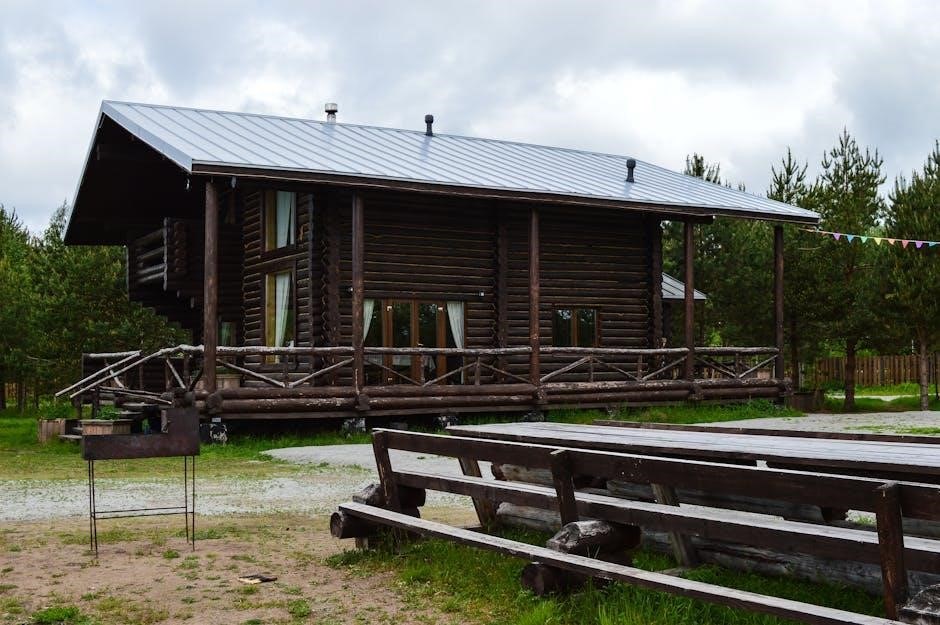
Playtesting and Tuning
Playtesting reveals deck weaknesses, while tuning refines performance. Iterate based on results, swapping underperforming cards to enhance synergy and functionality, ensuring your deck remains balanced and enjoyable.
Deck Testing Strategies
Effective deck testing involves identifying weaknesses and refining strategies. Start by playing against diverse decks to gauge performance. Focus on card synergy, mana consistency, and win conditions. Analyze game outcomes to pinpoint underperforming cards or strategies. Consider the metagame and adjust accordingly. Iterate on changes, testing incremental improvements. Keep a log of results to track progress. This methodical approach ensures your deck evolves into a balanced, competitive, and enjoyable build.
Iterative Deck Improvement
Iterative deck improvement involves refining your build through continuous testing and adjustment. After playtesting, identify patterns in card performance and strategic weaknesses. Replace underperforming cards with more effective options, ensuring synergy and balance. Prioritize upgrades that enhance mana consistency, card draw, and interaction. Regularly reassess your deck’s power level and theme to maintain focus. Budget-friendly upgrades, like swapping inefficient ramp for better alternatives, can significantly improve functionality. Keep iterating to ensure your deck remains enjoyable and competitive, adapting to meta shifts and personal playstyle preferences.
Advanced Deck Building Strategies
Advanced strategies focus on optimizing deck performance through fine-tuned synergy, efficient mana bases, and precise card selection to maximize competitive potential and adaptability in high-level play.
Optimizing for Competitive Play
Optimizing for competitive EDH play involves refining deck synergy, maximizing card efficiency, and adapting to meta trends. Focus on high-impact cards that enhance your strategy while maintaining balance. Prioritize recursion, tutors, and interaction to ensure consistency. Invest in versatile staples that provide value across multiple scenarios. Fine-tune your mana base for reliability and consider budget upgrades like mana rocks or dual lands. Playtest extensively to identify weaknesses and refine your approach. Adaptability is key—be prepared to adjust your deck based on opponent strategies and evolving meta demands. Competitive play demands precision, so every card should serve a clear purpose.
Building a cEDH Deck
Building a cEDH (competitive EDH) deck requires a focus on high-powered synergies, card advantage, and precise interaction. These decks prioritize efficiency, often including top-tier staples and meta-defining cards. Unlike casual EDH, cEDH emphasizes consistency and speed, with an emphasis on combo finishes or overwhelming board states. Deckbuilding involves careful tuning to minimize weaknesses while maximizing synergy. Budget is less of a constraint, allowing for high-end cards like Moxen, fetch lands, and powerful tutors. Playtesting and adaptation are crucial, as cEDH decks must evolve to remain competitive in a rapidly changing meta. This format demands precision and optimization at every level.
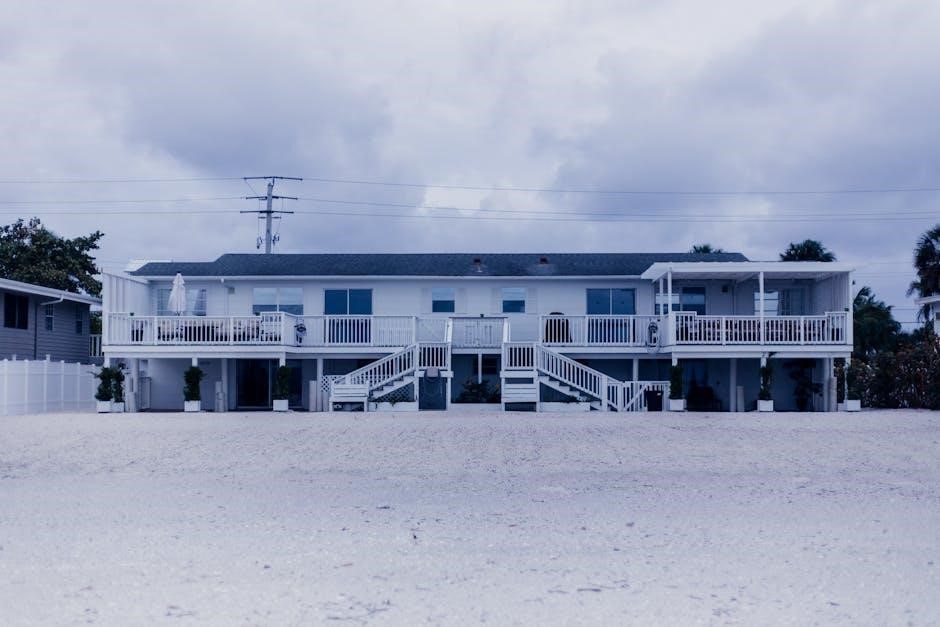
Resources and Tools
Online communities like MTGGoldfish and Reddit offer guides and forums for EDH deck building. Tools like Archidekt and Moxfield help with deck optimization and card synergy analysis;
Deck Building Guides and Communities
Online platforms like MTGGoldfish, TappedOut, and Reddit’s r/EDH community provide extensive guides and forums for sharing deck ideas. Ben Guilfoyle’s Commander Beginner Guide offers a comprehensive start for newcomers. Communities often feature deck lists, strategy discussions, and budget tips, fostering collaboration and learning. Many content creators share tutorials and deck techs on YouTube and Twitch, catering to both casual and competitive players. These resources help builders refine their decks, explore new archetypes, and stay updated on meta shifts, making deck building more accessible and enjoyable for all skill levels.
Tools for Deck Optimization
Various tools simplify EDH deck optimization, such as deckbuilding software like Archidekt or Moxfield, which allow virtual deck construction and sharing. Websites like EDHREC provide data-driven recommendations based on popular deck lists.Mana calculators help refine land counts, while budget tools assist in finding affordable upgrades. Checklists ensure decks meet essential criteria for functionality. Emulators and virtual tabletops enable playtesting without physical cards. These resources empower builders to streamline their decks, explore new strategies, and adapt to meta changes efficiently, making the deck-building process more enjoyable and effective for players of all skill levels.
Building an EDH deck is a rewarding journey that combines creativity, strategy, and personalized expression. By choosing the right commander, optimizing your mana base, and balancing card advantage with interaction, you can craft a deck that excels in casual or competitive play. Remember, deck building is iterative—regular playtesting and tuning are key to improvement; Leverage tools like Archidekt, EDHREC, and budget guides to refine your deck. Embrace the format’s flexibility and enjoy the process of creating a unique, functional, and fun EDH deck that reflects your playstyle and preferences.
